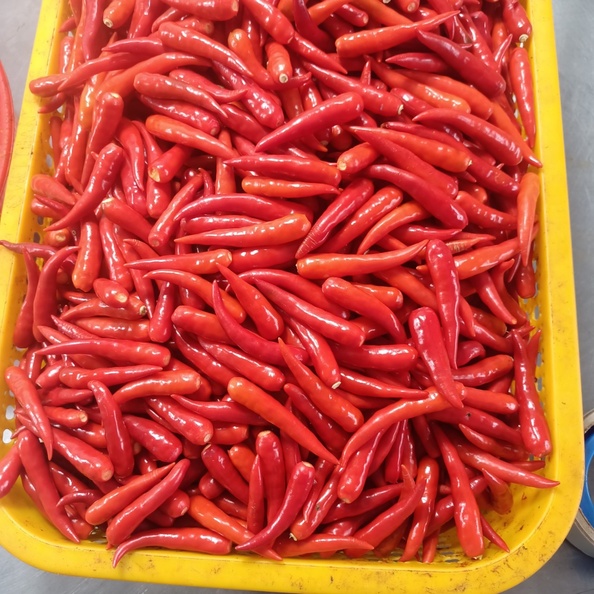Chilies, an integral part of Vietnamese cuisine, add a fiery and flavorful dimension to dishes that captivate taste buds and ignite culinary adventures. In this article, we embark on a journey into the diverse and enchanting realm of chilies in Vietnam, exploring their rich history, cultural significance, and culinary applications.

The Diversity of Vietnamese Chilies:
Vietnam boasts an array of chili varieties, each distinguished by its unique appearance, heat level, and flavor profile. From the eye-catching red bird’s eye chili to the earthy and smoky cayenne pepper, these peppers come together to create a symphony of tastes that define Vietnamese cooking.
A Fiery Flavor Profile:
The pungent and spicy nature of chilies imparts a distinctive kick to Vietnamese cuisine. Chilies are not only a source of heat but also a vessel for intricate layers of flavor. The combination of sweet, sour, salty, and umami notes intertwined with the chili’s heat showcases the complexity and artistry of Vietnamese dishes.

Culinary Applications:
Chilies find their way into a plethora of Vietnamese dishes, from street food delights to hearty family recipes. They are an essential ingredient in iconic dishes like pho, bun bo Hue, and banh mi, elevating these dishes to unforgettable culinary experiences. The balance of heat and flavor that chilies bring to dishes is a hallmark of Vietnamese cooking.
Medicinal and Nutritional Value:
Beyond their culinary allure, chilies also offer a range of health benefits. Packed with vitamins, minerals, and antioxidants, chilies contribute to boosting metabolism, aiding digestion, and supporting immune function. Traditional medicine also harnesses the therapeutic properties of chilies for various ailments.

Cultural Significance:
Chilies hold a special place in Vietnamese culture and traditions. They symbolize vitality, passion, and the vibrant spirit of the Vietnamese people. Chilies are often celebrated in festivals and rituals, and their presence in meals fosters a sense of communal sharing and conviviality.
Sustainable Farming Practices:
Modern chili farming in Vietnam emphasizes sustainable practices to preserve the environment and ensure the health of consumers. Organic cultivation methods and responsible pesticide use contribute to the cultivation of high-quality chilies that align with global standards of food safety.

Chilies, with their fiery allure and versatile nature, are the heart and soul of Vietnamese cuisine. Their ability to ignite flavors and create memorable taste experiences makes them an indispensable ingredient in the culinary landscape of Vietnam. From street stalls to fine dining, chilies continue to shape and define the essence of Vietnamese gastronomy, leaving an indelible mark on the palates and hearts of food enthusiasts worldwide.
